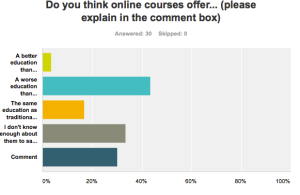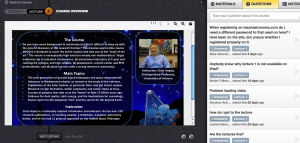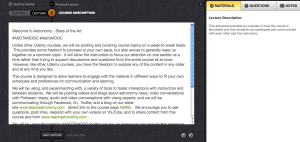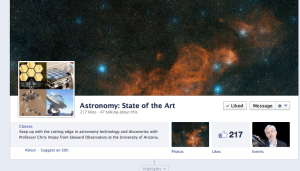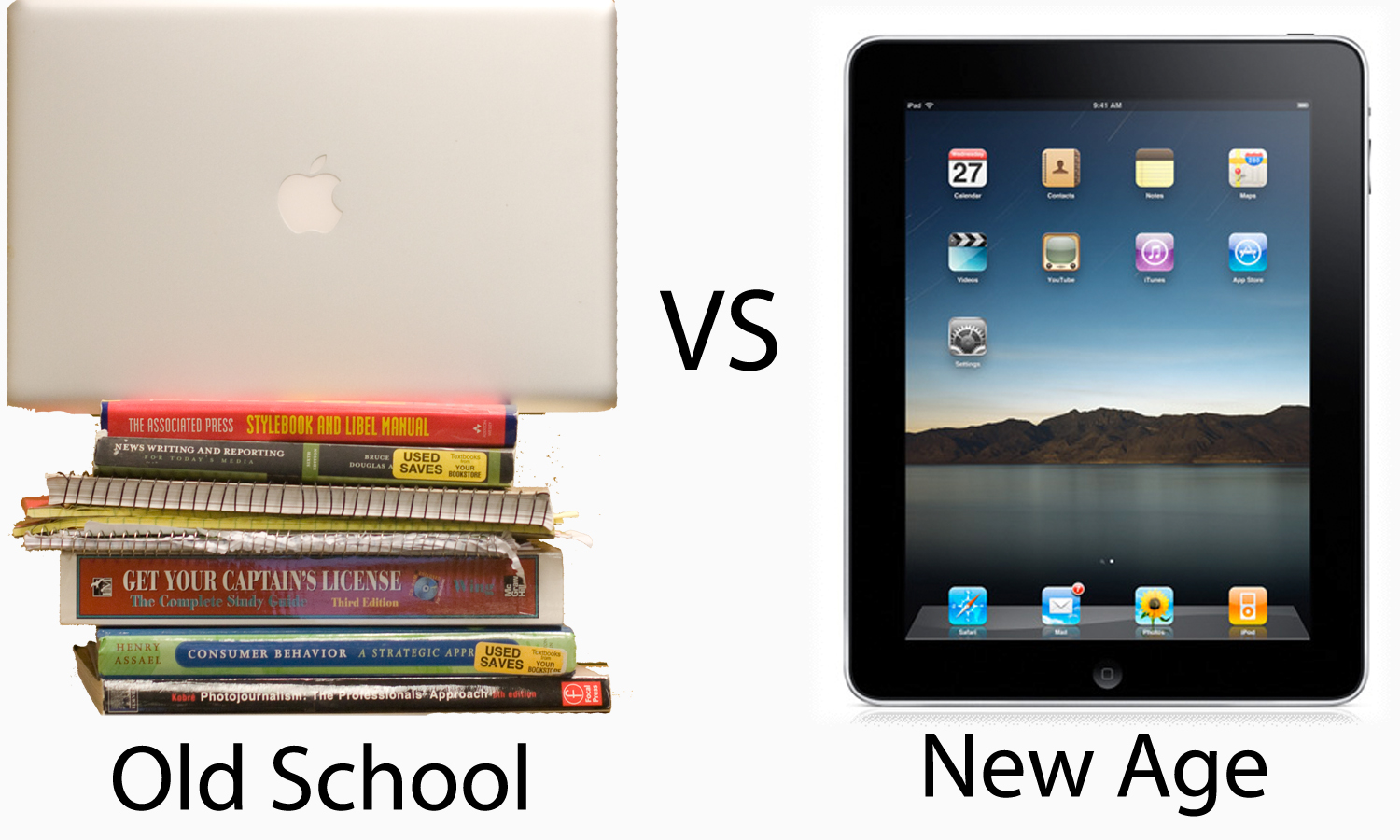I wanted to get an opinion about whether or not people I knew liked or disliked online courses. So, why not ask?! I distributed a short poll asking basic questions about what people though about online learning. Here are the results.
Vast majority of participants were between 18 and 28 years old, and comprised of 67% men and 33% women. I distributed this survey to men and women equally, but it appears that the men were more likely to agree to the idea. Perhaps that can be a study in it’s own? Hahah.
Anyways, most were also enrolled at a university (73.33%). Grad school- 6.67%. And the amount of people not enrolled as a student was 20%. Even though not all of them were enrolled in a type of learning setting, everyone had heard of online classes before.
54% of participants said they had taken online classes. This was actually surprising to me because perhaps I had personally dismissed online learning as an option. This was just based on my learning style, and I require an actual teacher present if I am likely to do well. So it just didn’t occur to me that people would have the discipline to sit at a computer on their own and study.
I was interested in hearing how the participants were informed about the option of taking classes online. One was required to take an online class for their job, called “continuing education” classes every 2 years. The majority had heard about online courses through instructors and friends at a university, and while registering for classes. Some were exposed to ads on the TV or computer. As you can see, universities really take advantage of selling online courses, within the student body, and through commercial advertising. One participant first heard of online classes used for continuing education at home for a class the student is already taking. It’s more of a learning tool, rather than the only form of education the student is getting.
I also asked their opinion on whether or not online classes were “better” or “worse” than the traditional in-class setting. The question was vague on purpose, because I wanted to get a reason as to why they chose the option they did. Here are some of the results:
- “Online courses can offer a better education than traditional courses because it can be done by the student at his/her pace. If a student is motivated and can manage their time appropriately then an online course could provide a better education than traditional classes, because it removes the stress of scheduling conflicts, transport, and the daily/yearly expenses of attending a traditional class.”
- “Though I have not taken an online course, I believe the live in-person interaction of teacher and student is CRITICAL to the most effective learning.”
- “I like them; you can go at your own pace. Although while testing the questions repeat themselves so it is easy to memorize the answers.”
- “The classes being available nite or day makes it easier for working people to further their education. In addition,it enables students to increase their credit load. Only concern I would have is that the student is positively getting the information needed to be informed on the subject.”
- “There’s nothing like the good old scratch of chalk on the chalkboard.”
- “I feel like a lot of self-discipline would be necessary to succeed an online class.”
- “You need teacher to student contact.”
- “If there is some prize for this survey please enter me 10-15 times. Otherwise, what am even doing taking this survey.”


